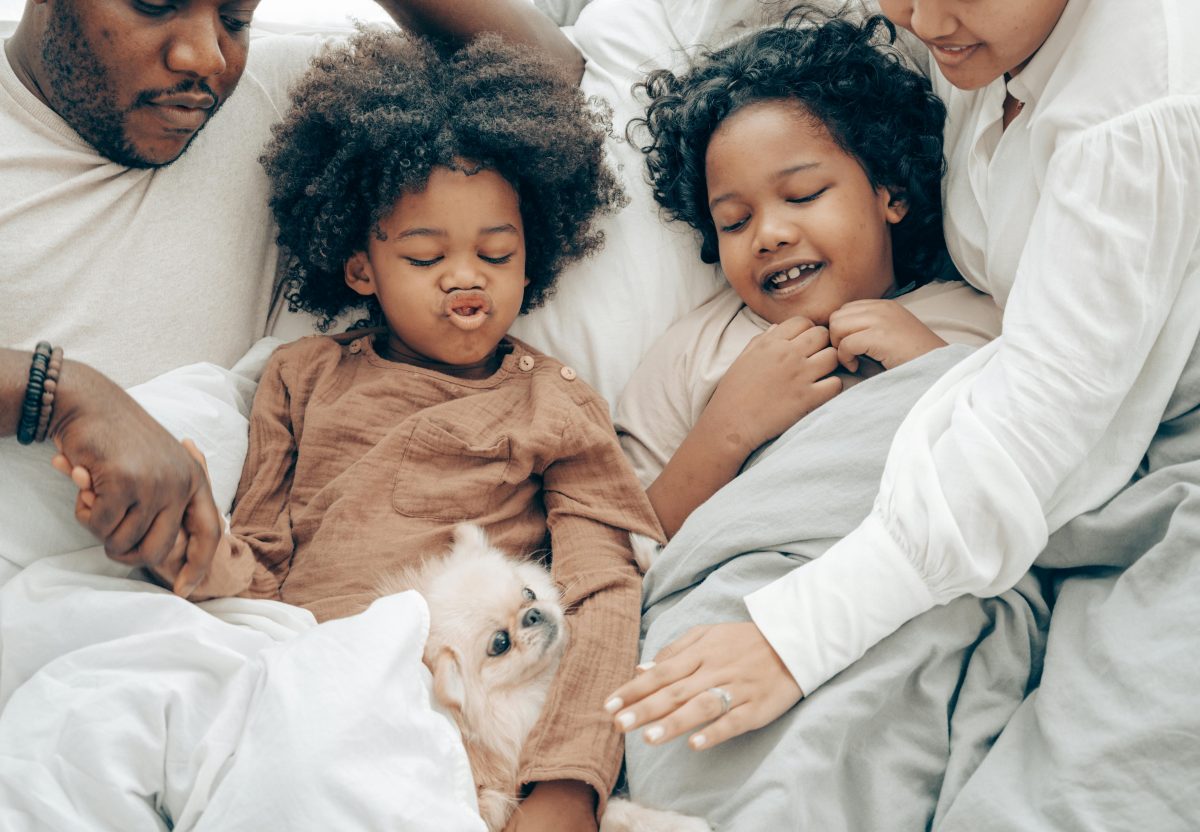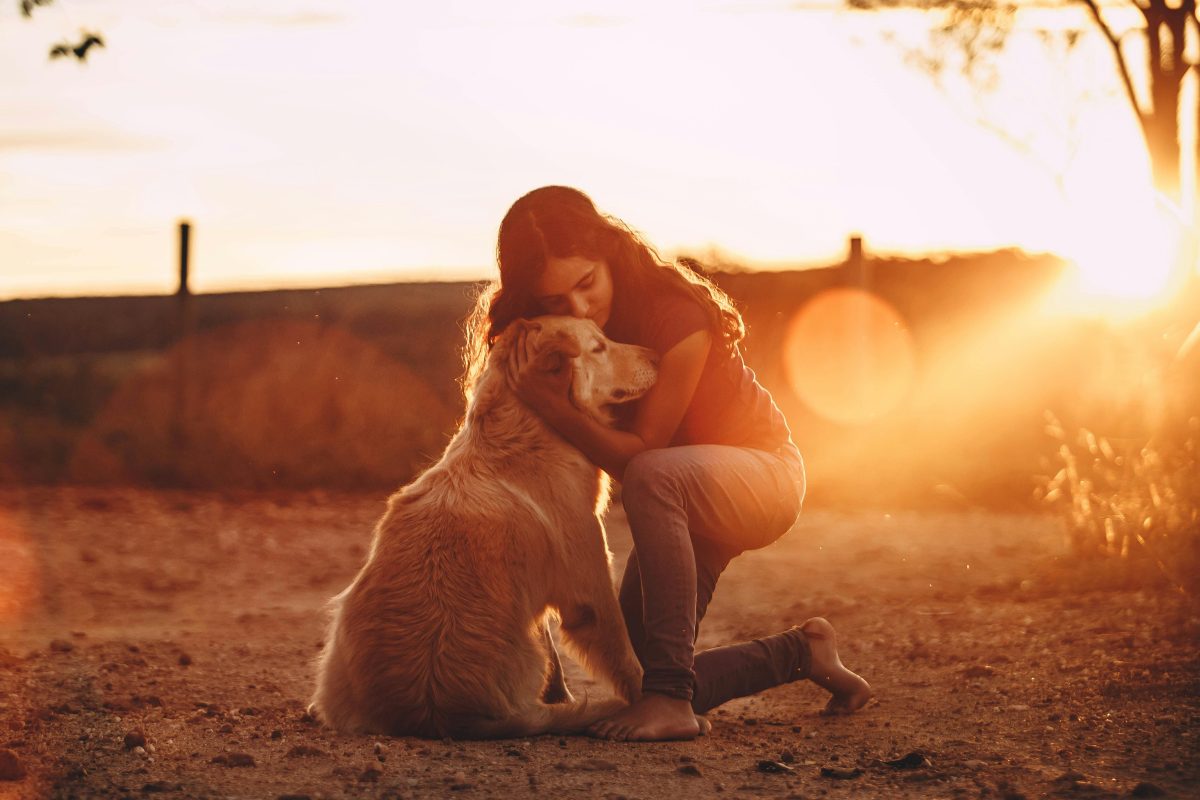A Brief Overview of the Relationship Between Kids and Pets

Pet ownership is as common in Australian families as Sunday afternoon backyard cricket matches. Pets are a common fixture in families, whether they live in a busy city or a tranquil rural area. They provide children of all ages with companionship and happiness. As the most popular family pets, dogs and cats stand out because they create special bonds with their younger human counterparts. But kids don’t just have a soft spot for these furry companions; many homes also hold important positions for fish, birds, rabbits, and even reptiles. These connections, diverse as they are, provide the backdrop for a more in-depth examination of their effects on child development. A child’s relationship with their pet is more than just play; it’s a potent teaching tool for empathy, responsibility, and unconditional love. Investigating how pets affect a child’s development reveals the profound ways in which these animal companions mold children’s lives and point them in the direction of a future filled with compassion and understanding.
The Psychological and Emotional Advantages of Pet Ownership

Improving Emotional Intelligence
Taking care of a pet
is more than just giving it food and brushing it; it’s a journey into the core of understanding, empathy, and compassion.- Teaching them to look beyond themselves, children learn to read their pets’ needs, from hunger to the need for play.
- Children who have a caring relationship with their pets develop a heightened sense of emotional intelligence, as they learn how to identify and react to emotions in both their pets and other people.
Increasing Confidence and Self-Esteem
- A pet’s unwavering love and support can greatly increase a child’s confidence and self-esteem.
- Every child is a hero in their pet’s eyes, deserving of love and respect.
- Children are inspired to try new things, venture outside of their comfort zones, and have confidence in their own abilities by this unwavering support.
Managing Anxiety and Stress
- A pet can be a comforting, judgment-free presence during stressful and anxious times.
- The act of caressing a dog or cat can effectively lower blood pressure and reduce stress levels, offering a sense of calm amidst life’s challenges.
- Giving kids a furry confidant with whom to confide their anxieties and fears can make all the difference in the world.
The Effect on Loneliness in Childhood
- With their unwavering ability to play, listen, and provide comfort, pets can truly be the best friends.
- A pet can fill a big gap in a child’s life by offering constant and comforting companionship, especially for those who may suffer from loneliness.
- Children who have this link can navigate the challenges of growing up and never feel completely alone.
Educational and Cognitive Progress via Pet Interaction

Responsibility and Habit: Acquiring Knowledge via Pet Care Accountabilities
- A child who gets a pet has a lot of new responsibilities, like feeding and cleaning, among others.
- This daily schedule teaches the value of consistency and care, as well as a sense of responsibility.
- Youngsters gain an understanding of the importance of dedication by directly observing how their actions affect their cherished pet’s welfare.
Developing Curiosity and Learning: How Pets Can Encourage Interest in Science and the Natural World
- A pet may provide you with a window into the wonders of nature.
- Seeing and engaging with their pet piques a child’s curiosity and inspires inquiries about the biology, behavior, and habitats of animals.
- Naturally curious people are more likely to have a deeper interest in science and the environment, which can lead to educational exploration outside of the classroom.
The Contribution of Pets to the Development of Reading and Verbal Interaction Skills
- A novel and successful strategy for improving a child’s reading and communication skills is to read to them.
- Pets, as opposed to people, provide a judgment-free audience, so kids can practice reading aloud without worrying about receiving negative feedback.
- This fosters a love of reading and increases their self-confidence.
- Furthermore, verbal communication with pets—whether in the form of instructions or lighthearted banter—promotes language development.
- Children’s ability to communicate effectively is often improved when they find it easier to share their ideas and emotions with a pet.
Benefits of Having Pets Growing Up for Your Physical Health

Encouraging an Active Way of Life
Having pets around makes it easy to encourage kids to enjoy the great outdoors and maintain an active lifestyle. Simple activities like taking the dog for a walk or playing fetch in the backyard foster a love of exercise and strengthen the bond between child and pet. This amount of exercise each day is crucial for keeping a healthy weight and building powerful, flexible bodies.
The Hypothesis of Hygiene
Children’s immune systems can be strengthened by growing up in a home with pets, despite the fact that this may seem paradoxical. It is thought that exposing children to the variety of microorganisms that pets bring indoors lowers their risk of developing allergies and asthma. The Hygiene Hypothesis, which explains this phenomenon, contends that a small amount of dirt can have a significant positive impact on children’s immune system development and strength.
General Health Benefits
A child’s relationship with a pet can be a very effective stress reliever. It has been demonstrated that interacting with pets lowers blood pressure and stress levels, which is beneficial for heart health in general. In addition to providing unconditional love, pets have a calming effect that can greatly reduce stress and promote a sense of peace and well-being. This emotional support is priceless in fostering a happier, healthier upbringing.
Difficulties and Things to Think About When Owning a Pet

Recognizing the Dedication
- Taking up pet ownership is a decision that should not be made hastily.
- It necessitates a careful assessment of time, money, and lifestyle modifications.
- Like kids, pets need love, care, and attention all the time. They make this commitment for the duration of their lives, which can occasionally exceed twenty years.
Choosing the Correct Pet
- It is important to choose a pet that fits your family’s lifestyle and your kids’ needs.
- Every breed and species has a unique temperament and set of needs.
- Dogs may provide the best company, but they also require a lot of time for training and exercise. While they may be more independent, cats can still need a lot of care and attention. Although they may seem like an easier choice, smaller pets like fish or hamsters also have needs that must be satisfied.
Prioritizing Safety
- It is vital to make sure that both children and pets are safe.
- Children can avoid mishaps like bites or scratches by learning safe pet interaction techniques.
- Teaching kids to handle pets gently, respect their personal space, and spot symptoms of stress or discomfort in animals is crucial. To guarantee that pet and young child interactions are enjoyable for all involved, supervision is always recommended.
To sum up
Beyond just being a companion, pets improve children’s lives. They cultivate responsibility, emotional intelligence, and resilience. Pets take children on a journey of growth by providing a balance of care and companionship, teaching them about empathy, health, and unconditional love. Families create the groundwork for a healthier, more sympathetic future as they negotiate the benefits and drawbacks of pet ownership. Let’s enjoy the ride and make sure every child gets to enjoy the many advantages of having a pet as a child.
The Impact of Pets on Child Development FAQs
Pets can offer specific benefits for children with developmental challenges, such as autism or ADHD. The non-judgmental and unconditional support provided by pets can improve social interactions, reduce anxiety, and enhance the ability to focus. Furthermore, the sensory experience of petting or playing with animals can be soothing and help with emotional regulation.
Having a pet can indeed improve a child’s physical health. Activities such as walking, playing, and caring for a pet encourage physical activity and can decrease the risk of childhood obesity. Moreover, exposure to pets from a young age can strengthen the immune system and reduce the risk of developing allergies.
Pets can indeed help with a child’s learning and cognitive development. The responsibilities and interactions involved in pet care can enhance a child’s cognitive skills, such as problem-solving and decision-making. Additionally, reading to pets or explaining things to them can improve language skills and boost self-confidence in children.
The death of a pet can significantly affect a child’s understanding of loss and grief. It often serves as a child’s first encounter with death, providing a profound opportunity for learning about the concepts of loss, grief, and the importance of support. Through this experience, children can develop coping mechanisms and a deeper emotional resilience.
Pets can have a positive impact on a child’s self-esteem and confidence. The unconditional love and acceptance a pet offers can boost a child’s self-worth and confidence. Additionally, the responsibility of caring for a pet and the positive feedback from successfully doing so can further enhance a child’s self-esteem.
Yes, pets significantly contribute to a child’s emotional development. They provide a source of unconditional love and comfort, which helps children develop empathy and nurturing skills. Additionally, the responsibility of caring for a pet teaches children about compassion and understanding towards other living beings.
Pets can have a positive impact on a child’s social skills. Interacting with pets requires children to practice non-verbal communication and to interpret behavior, which can enhance their ability to connect with others. Pets can also serve as social catalysts, making it easier for children to engage with peers and reduce feelings of loneliness or social anxiety.
Pets naturally influence a child’s development of empathy and compassion. Caring for a pet requires children to consider the needs and feelings of another being, fostering a sense of empathy. This daily care and interaction also teach children about the impact of their actions on others, further developing their compassion.
Pets teach children about responsibility through the daily tasks of feeding, grooming, and caring for their needs. This regular routine helps children understand the importance of dependability and commitment. It also instills a sense of pride and accomplishment in children as they learn to take care of another living being.
Pets often play a significant role in a family’s dynamics and contribute to a child’s understanding of family roles. They can reinforce concepts of care, mutual respect, and the importance of contributing to family life. Moreover, pets can help children understand the value of each family member’s role and the importance of working together to care for each other.

